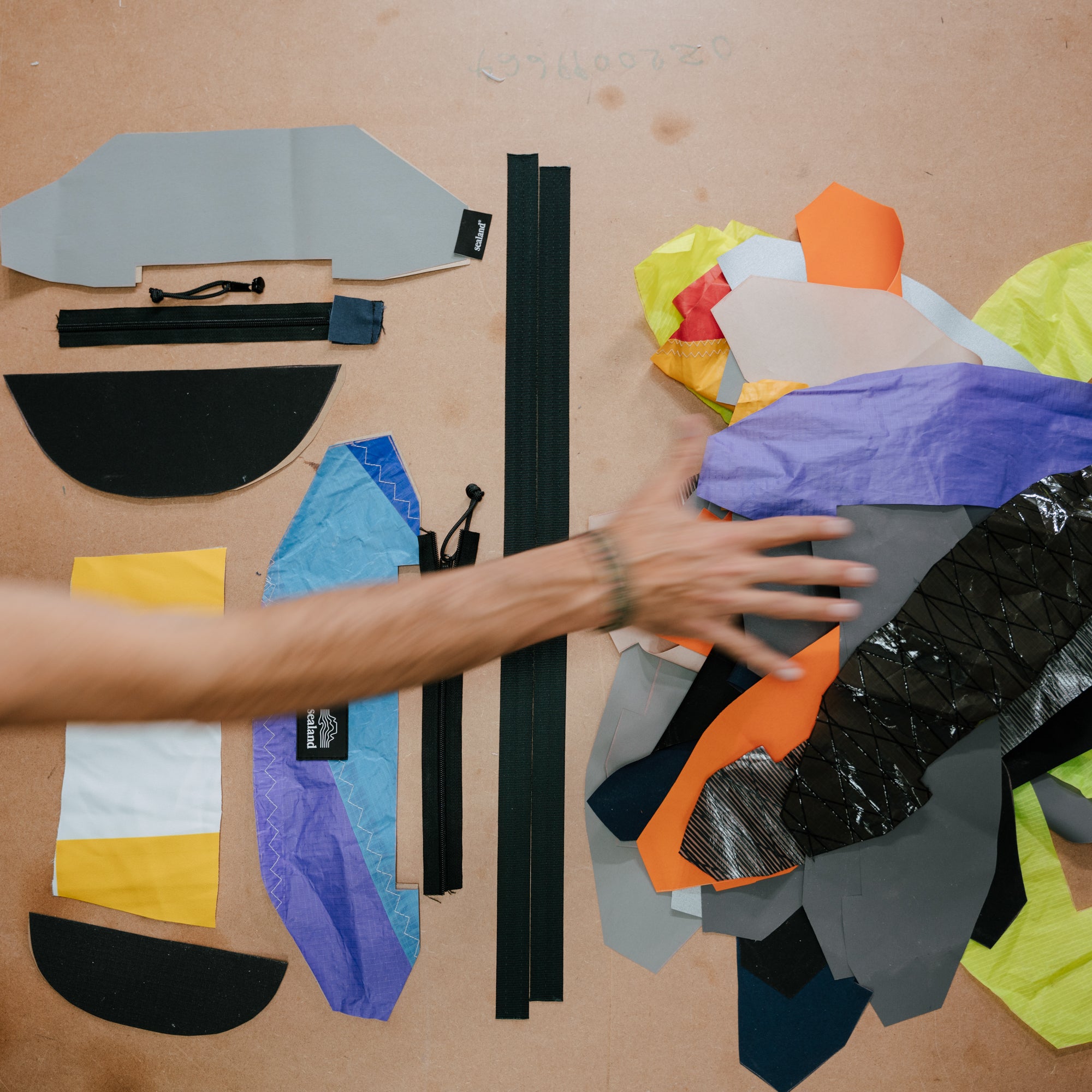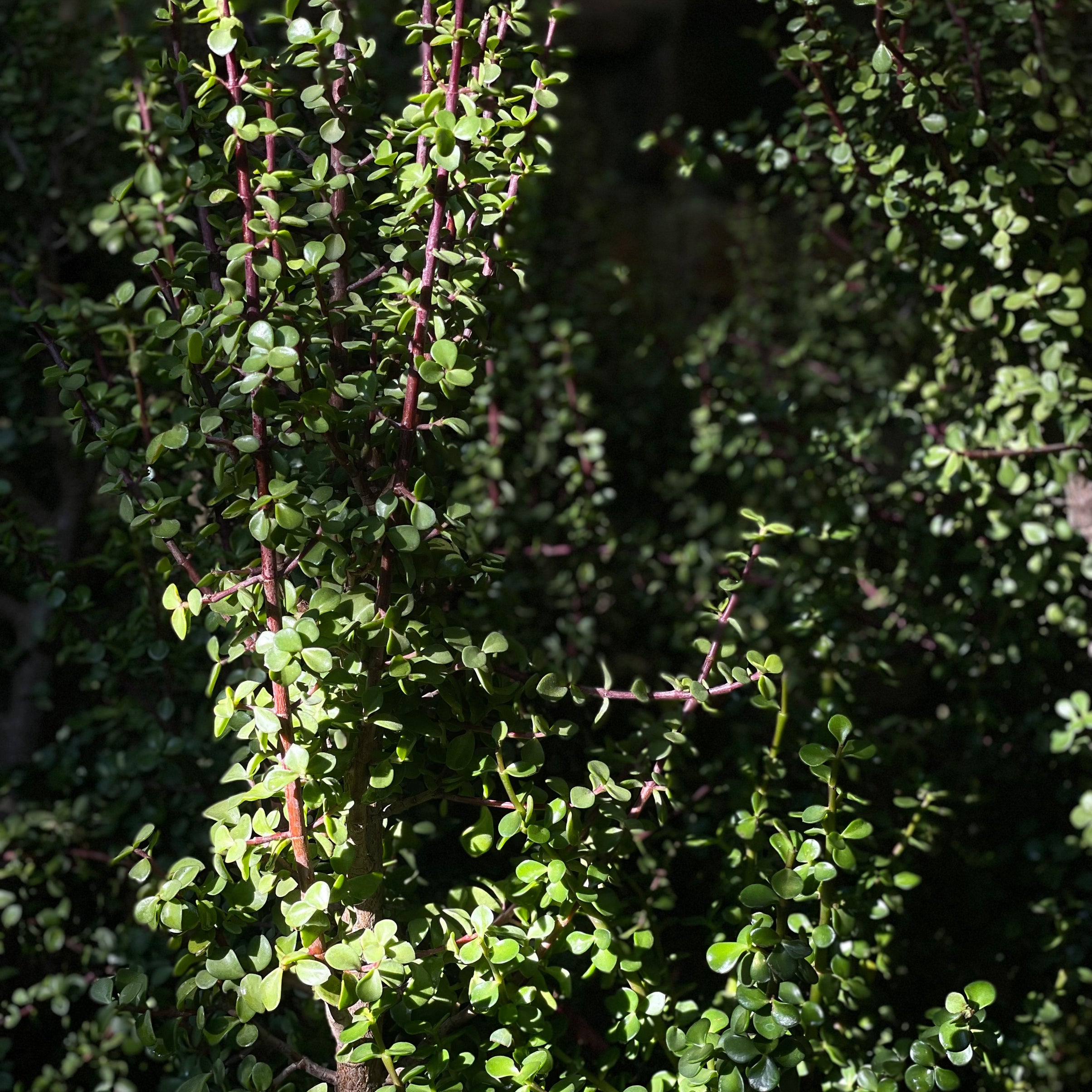by Steff Burrows, Head of Sustainability at Sealand
3 min read
3 min read
Sealand is Carbon Neutral
The term ‘carbon neutral’ has been gaining momentum in recent years. Companies are offsetting the carbon footprint of products from shoes to bags and even services like family holidays. The concept of carbon neutrality has intrigued us at Sealand for some time. We have acted on our curiosity in the last year and are proud to say that each Sealand bag that leaves our campus is officially carbon neutral. In this post, we will take a deeper dive into the concept of carbon neutrality and how we achieved it at Sealand.

What exactly is carbon offsetting and carbon neutrality?
Carbon offsetting has emerged in recent years as a way to reduce emissions and ultimately lower the environmental impact of products and activities. Although ‘carbon offsetting’ might sound like a complicated term, the concept is relatively simple. At the core of carbon offsetting is a resultant net climate benefit from one entity to another.
Carbon offsetting is a way to negate the emissions of a product or activity by investing in climate projects which reduce emissions elsewhere - the total emissions are balanced. Such projects usually involve adopting clean energy technologies such as renewable energy or more sustainable cooking methods or sequestering carbon dioxide (CO2) directly by planting trees. A project or activity that results in emission reduction can sell its emission reduction as a carbon credit to companies that want to reduce their emissions. More specifically, a carbon credit is a transferable instrument certified by governments or independent certification bodies to represent an emission reduction of one metric tonne of CO2 or an equivalent amount of other GHGs. The purchaser of a carbon credit can use the credit to balance the emissions of activities or products.
By investing in carbon offsetting projects (planting trees, forest conservation, soil management, or investment in renewable technologies), we can replace the equivalent amount of carbon from the atmosphere that our activities, such as shipping and manufacturing our gear, have created.
Carbon offsetting is a way to compensate for carbon dioxide emissions we cannot avoid creating.

Sealand’s carbon-neutral journey
A product must remove as much CO2 from the atmosphere as it produces to achieve carbon neutrality. The path to carbon neutrality for us at Sealand has helped us better understand our impact on the planet. For example, using upcycled materials in our gear already results in a low carbon footprint. However, we are always looking for ways to do more.
The first step towards carbon neutrality was understanding our carbon footprint. We subcontracted carbon scientists at The Green House Think Space to give us a better understanding of the carbon footprint of our upcycled gear. The results were terrific - our upcycled gear has a 97% lower carbon footprint than conventional virgin canvas gear. We purchase carbon credits/offsets to achieve that extra 3%, making our gear’s carbon footprint net zero. A carbon offset is a tradeable certificate that permits the emission of 1 ton of CO2e. We have also developed a carbon offset management system which tracks our stock of carbon offsets according to our sales - this way; we are always sure to have enough carbon offsets to justify our carbon neutrality claims.
The biggest takeaways from our carbon-neutral journey thus far:
- Our bags have a 97% lower carbon footprint than conventional virgin canvas bags.
- Our bags are most likely carbon-negative - we ‘added’ an extra 150% to our emissions before offsetting, just to be safe in our claims. We will stick to carbon-neutral until we do more robust carbon calculations.
- Rather over assume our emissions and over offset.
- We can always have a more in-depth understanding of our carbon footprint; this requires a lot more resources.
- A Life-Cycle Analysis is the most holistic and robust understanding of a product's environmental impact. A Life cycle analysis (LCA) is a method used to evaluate the environmental impact of a product through its life cycle, encompassing extraction and processing of the raw materials, manufacturing, distribution, use, recycling, and final disposal. Our long term goal is to do an LCA on our gear.
Final words
Carbon offsetting is not a replacement for taking action to reduce our climate impact. Offsetting doesn’t solve the problem but offsets our unavoidable emissions. We will continue striving toward sustainable production and low-carbon manufacturing. However, every activity has some form of unavoidable emissions - this is where we use carbon offsetting to nudge us over the carbon-neutral threshold.






